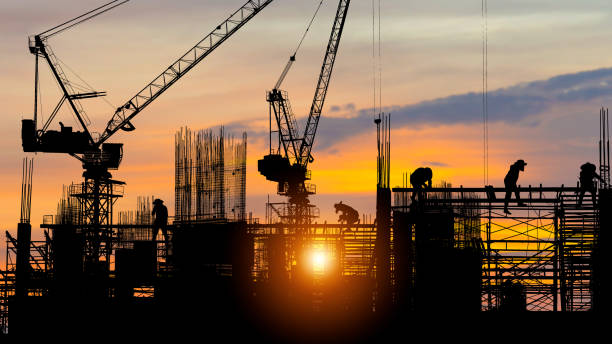

In this day and age, sustainability is a part of life and a key element of just about every industry. In the recent years, the term “sustainable” has been applied to an increasing number of products and activities. Adopting sustainable practices has become a norm ever since the outbreak of coronavirus. The concept of sustainable building incorporates a variety of strategies during construction and design. At present, there is a high demand for sustainable building materials as people are getting more concerned about how the product is made rather than the finished product. Contractors and construction companies have started opting for materials that are kind to the environment.
With the advent of new technologies, there has been a significant upward trend in sustainable building materials. Using green building materials not only increases productivity and brand loyalty but also reduces operating costs. One industry that can benefit most from sustainability is construction. It’s even more important to consider the consequences of our actions, individually and collectively, now than ever before.
Modern cities are characterized by man-made structures and physical objects that positively or negatively influence the surrounding environment. Green building foundations can integrate sustainability into the urban environment, reducing negative impacts and enhancing positive effects. The purpose of construction is to use structural materials extracted from nature and manipulated to meet the requirements of the project. Regardless of their origins, chemical compositions, and life cycles, each of these materials has its own specific roots, manufacturing process, and use, and ultimately goes to the landfill or to be recycled and reused. Besides requiring significant amounts of energy to complete the process, it also leaves a negative environmental impact. Considering all of these elements is important when determining the price and composition of durable materials.
Buildings that are sustainable or green are constructed using sustainable materials and methods that are designed to facilitate green practices, allowing for a durable and long-lasting lifestyle. Green construction, operation, and maintenance have a low impact on the environment, provide better economic returns, and are healthier for the environment and human health. It is essential to use green building materials to construct energy-efficient structures, and in order to do so, one should be familiar with the different green building materials, their properties, and how they help to save energy.
One such material that contributes to sustainable construction is Insulated concrete. Insulated concrete and Structured Insulated Panels (SIPs) are commonly used to construct the foundation of green buildings. Besides providing effective thermal insulation, they provide resistance to natural hazards and extreme climatic conditions. As a result, energy bills are balanced, and money is saved on electricity. Insulated concrete forms have two layers of insulation sandwiched between them. A space is provided here for reinforcing bars to be placed, after which concrete is poured into it. They are light in weight, fire-resistant, and have good thermal and sound insulation properties.
Mohit Saboo, Director & CFO, Mohit Industries Ltd, Big Bloc Construction Ltd
1
2
3
4
5
6